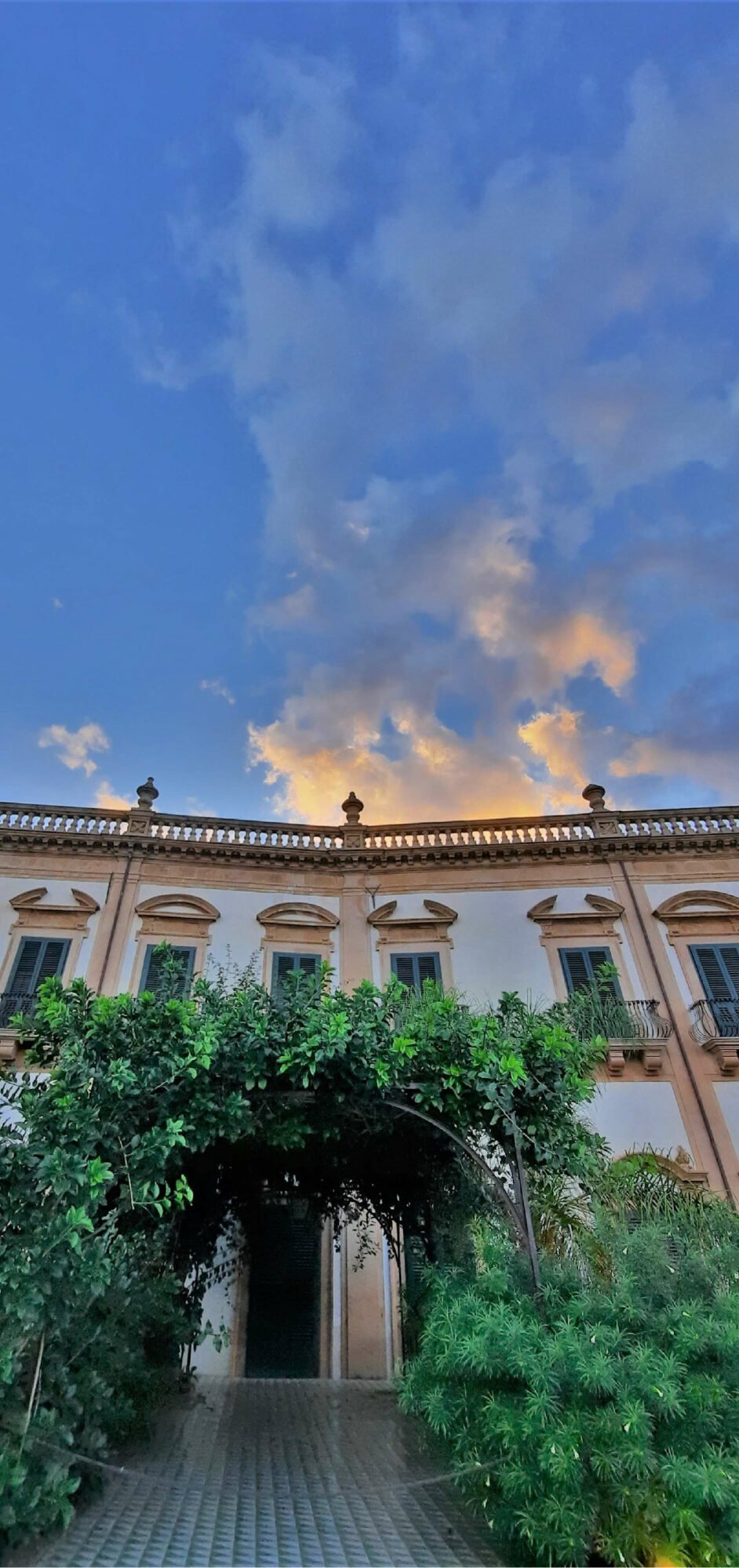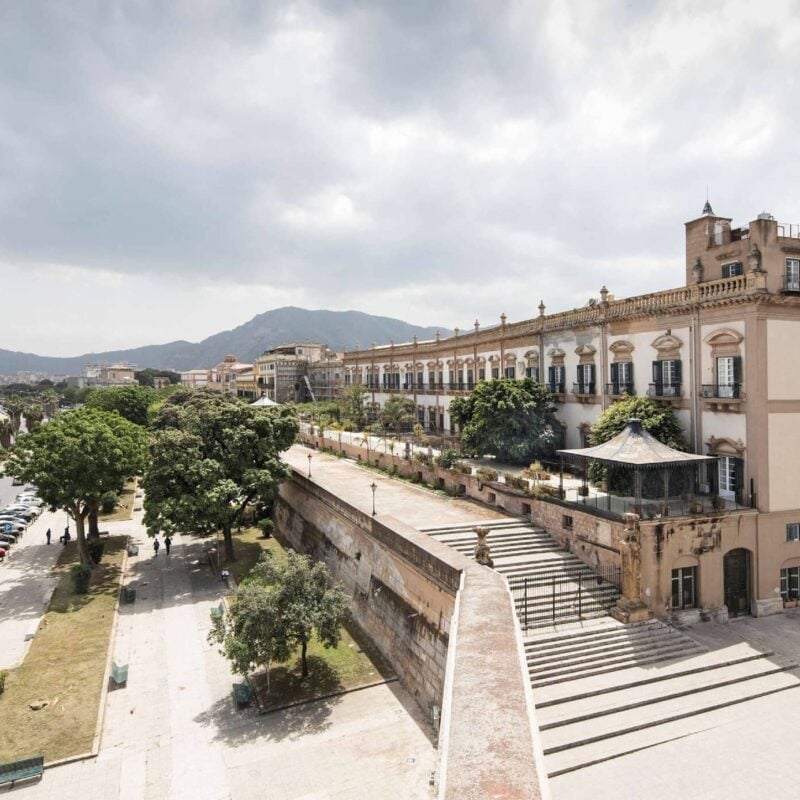
The foundation
“Where the world ceases to be the scene of our personal hopes and wishes, where we face it as free beings admiring, asking and observing, there we enter the realm of Art and Science.”Albert Einstein
About
The Foundation was established in 2020 with a vision to create an environment where people of all cultures, disciplines and interests can come and, through engagement with art, culture and history, be inspired to new ways of seeing and thinking.
This is currently achieved in three ways. The first, is to provide access to Palazzo Butera with its museum, cultural events and work spaces. The second is to allow engagement with the people who have achieved the artistic and architectural restoration of the historic Palazzo. The third is to play a part in the regeneration of the beautiful and historic region of Sicily through incubating educational programmes and projects.
By supporting local endeavours and enabling multiple international projects, we believe that the synergy of an encounter between these two will bring equal benefits to both local community and overseas participants.
In short, art, culture and history are the keys to understanding the past, informing the present and inspiring the future.
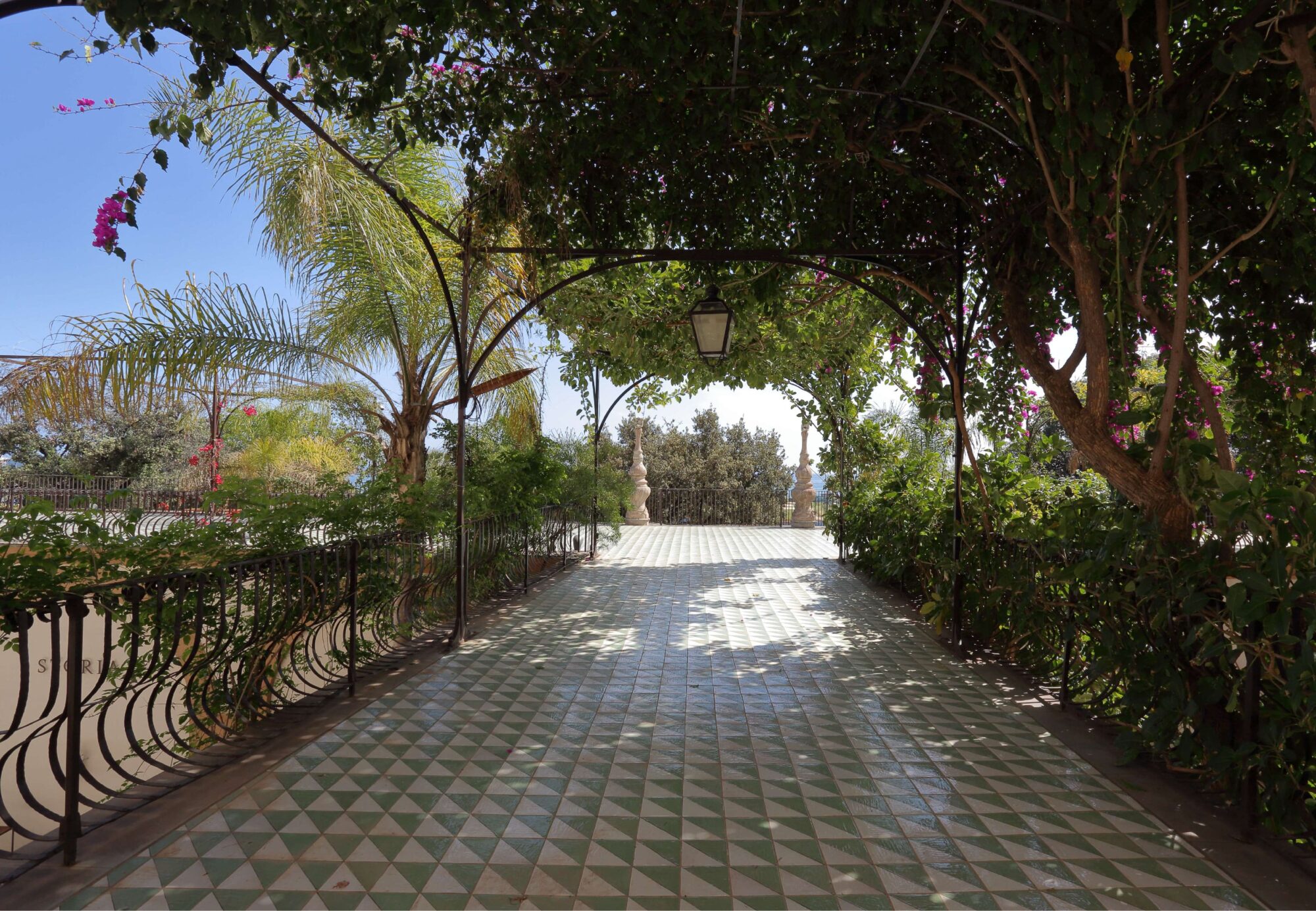
Long Term Aspirations
We are at the start of a journey and are enthusiastic and open as to future possibilities. We believe the following aims will help set the direction of travel. They are as follows:
- To challenge the next generation to see that art, history and culture has, and always will, generate a wide range of social, economic and academic benefits.
- To evidence how the greatest moments of innovation and thought come at times of great openness to other cultures.
- To inspire a similar appetite for learning and openness in all who spend time with us.
- To create, together with our local partners, a story of urban regeneration that may act as a template for others seeking to regenerate other inner city areas.
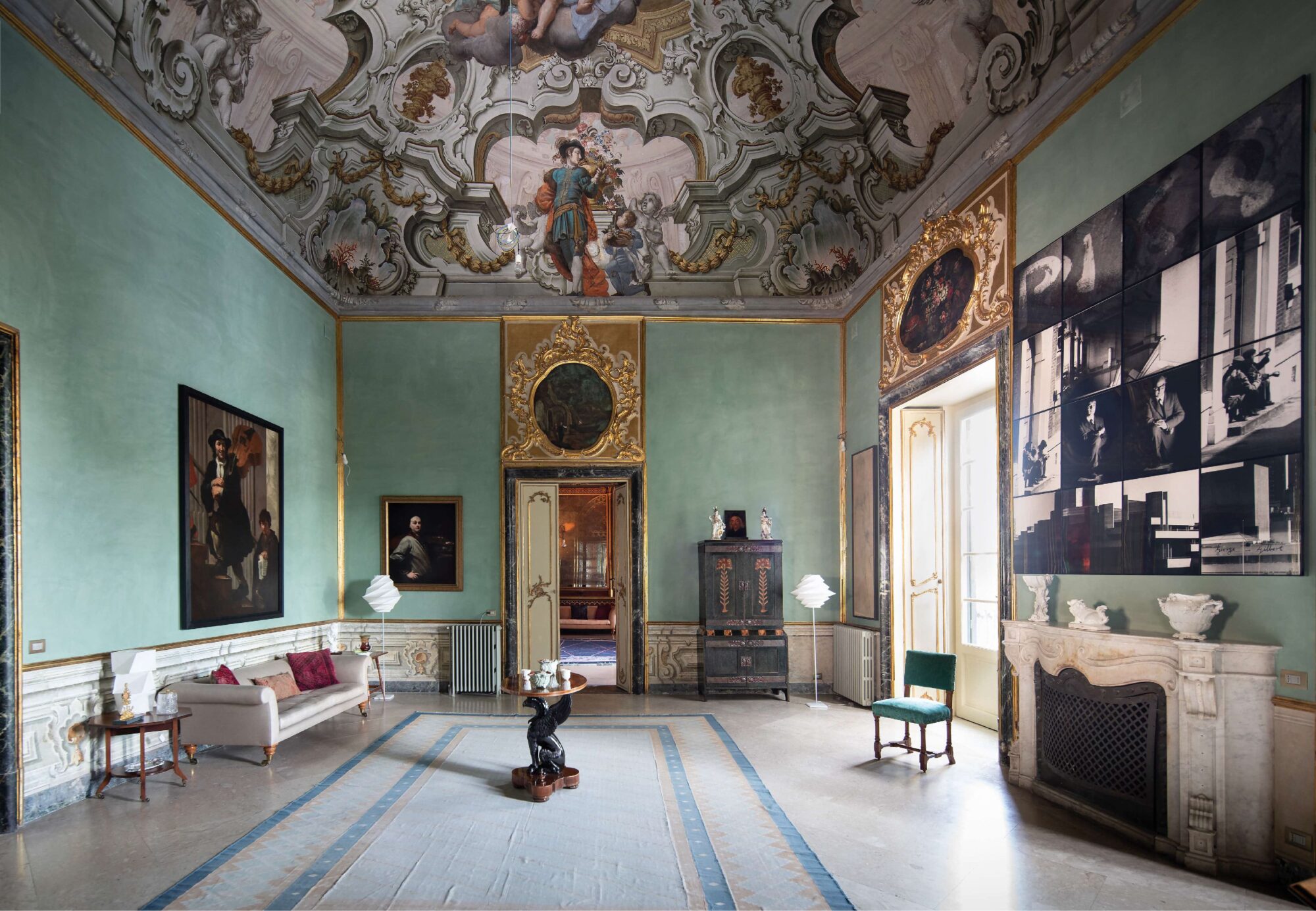
Why Palermo?
Palermo at the crossroads.
Sicily sits at the cross roads between Africa, Europe and the Middle East. Ancient and modern empires have colonised the island for over 4000 years. As a place of cultural exchange and learning, it offers a rich resource.
Palermo’s openness to other cultures can also offer solutions to today’s realities that include migration and globalisation.
Sicilian assimilation of a large range of different cultures has led to the practice of unconditional hospitality. Sicilian generosity and open-handedness has been carved into the culture through centuries of practice with stranger, migrant and conqueror.
A strong arts & crafts culture
In the last 20 years, since the breaking of organised crime, the Historic Centre is seeing a revival, with palaces restored and an international interest investing in this fascinating area.
Everywhere in the Old Town’s labyrinthine streets you will find small artisanal shops, mending and making everything from leather goods to sculpture, jewellery, glass, ceramics, and musical instruments. More substantially, there still exist ironmongers, carpenters, stone masons, and master builders who in an age of technology still retain deep manual skill, artistic sensibility and a love of their craft.
Palermo is remarkable for being able to offer a place where cultural and social innovation can germinate and take root in the minds and practices of those who visit.
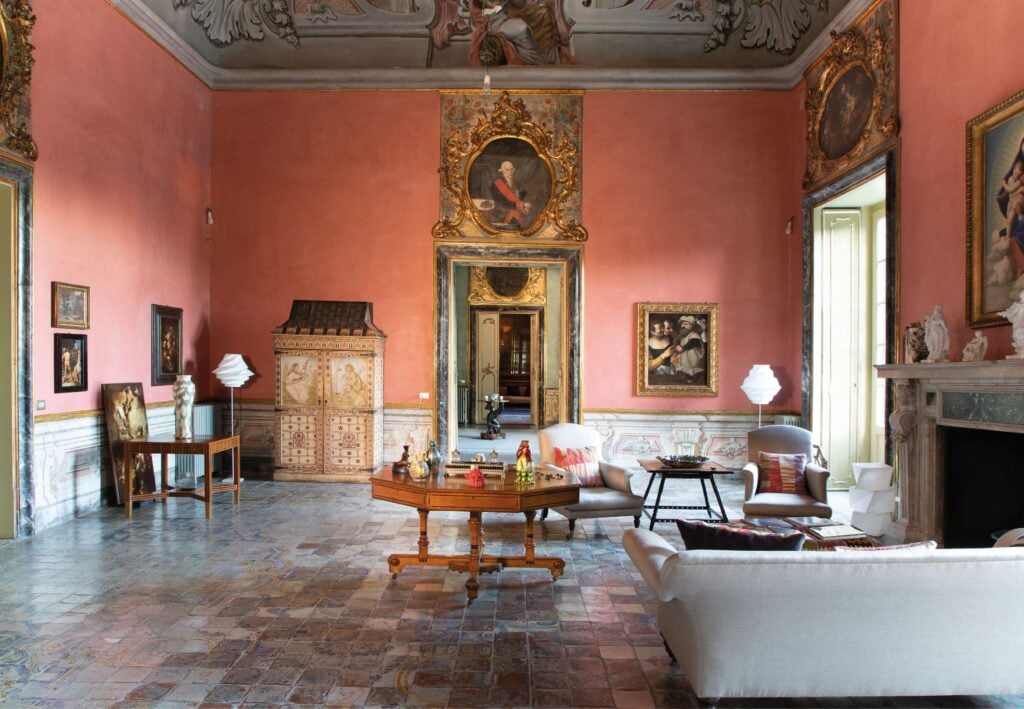
Our Focus
Art, history and culture are foundational to this project because they provide a rich, explorative, yet neutral space in which to examine the questions that face us. Embedded in art and cultures’ DNA are the characteristics of creativity and innovation.
At root is the understanding that the greatest moments of thought and innovation come at times of great openness to other cultures; to other ways of seeing, thinking or doing. History is littered with such examples and might include the constant exchanges and confrontations along trade routes, or Western Europe’s engagement with Ancient Greece and Rome that birthed the Renaissance, or even Europe’s discovery of the New World resulting in new orientations and understanding that led to the Enlightenment and the Scientific Method .
Today we are ever more siloed into our areas of specialisation. This is true of academia, of business, of politics. This has happened over centuries for understandable reasons, but taken to extremes it diminishes innovation and creativity. Again, the greatest moments of flourishing in our history have been when ideas cross fertilise in a rich exchange.
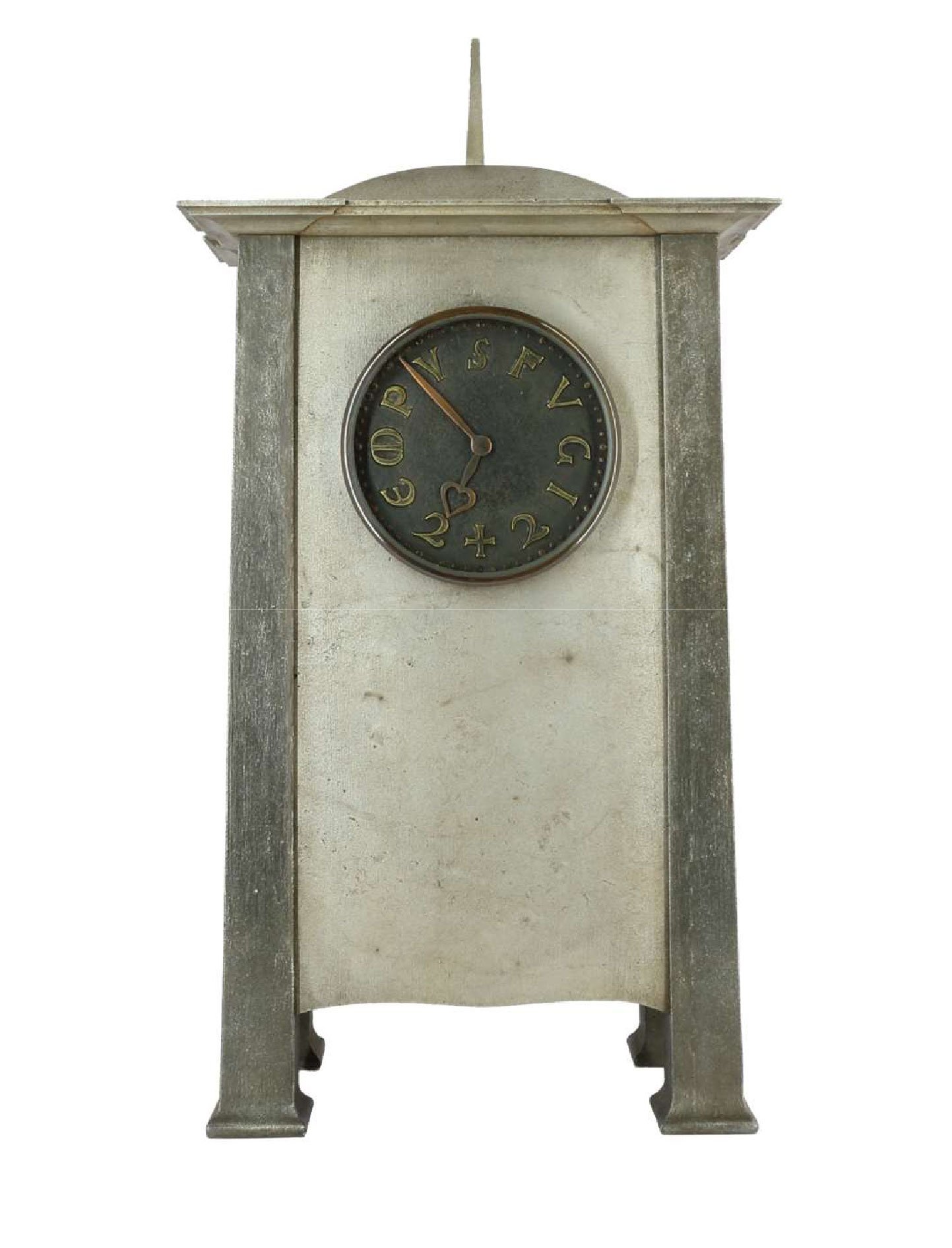
“To develop a complete mind: study the science of art; study the art of science. Learn how to see. Realize that everything connects to everything else.”Leonardo Da Vinci
What we do?
The Foundation has the use and benefit of the facilities in Palazzo Butera. This includes the Valsecchi Collection, exhibition spaces, conference rooms and accommodation.
The Palazzo also contains a café and grocery shop. A very important historical building and once the home of the Princes of Butera, the Palazzo is an 8000 sq metre space. It sits on the city’s old sea fortifications and has the old Arab quarter, the Kalsa, to its back.
The Foundation also manages and operates a museum at Palazzo Butera. This houses a wide range of works that include Warhol, Carracci, Gilbert and George, Tom Phillips, Richter, William Morris, Pugin and many more. Many rooms hold permanent installations and works of contemporary artists David Tremlett, and Anne & Patrick Poirier. As well as contemporary art, the collection includes old masters, porcelains, furniture, ceramics and sculpture. Pieces have been chosen to reflect their avant-garde qualities, exploring new ideas, materials and techniques. This philosophy is properly aligned with the philosophy and ambitions of the Foundation.
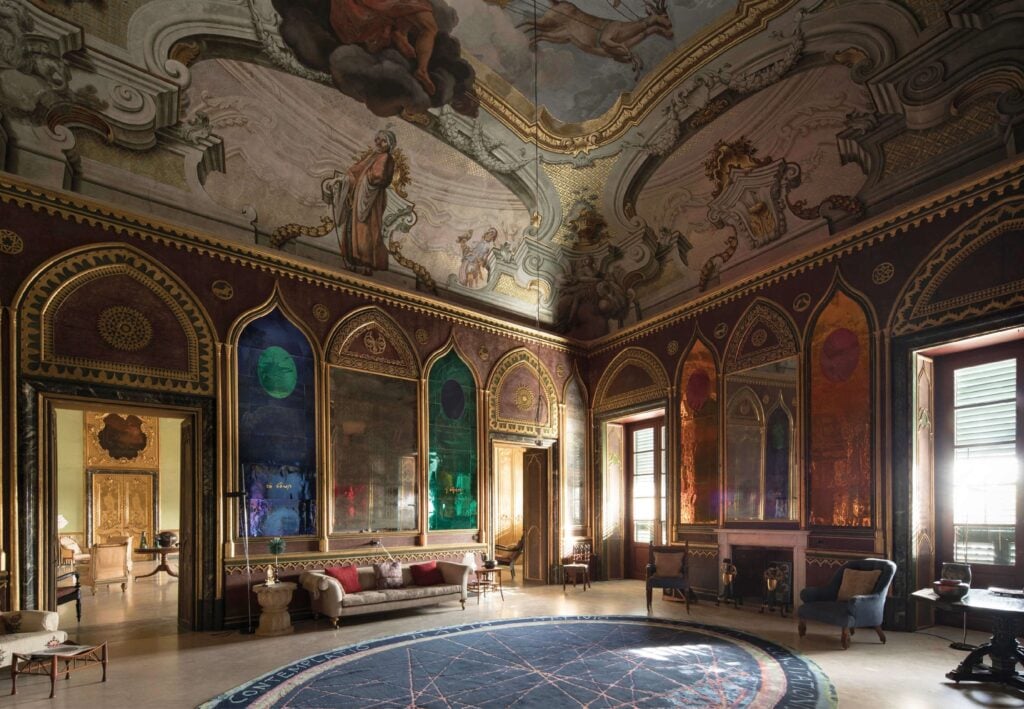
Future activities.
Looking forward.
The opportunity has arisen for the Foundation to rebuild the 18th century palace of Palazzo Piraino. This palace is next to Palazzo Butera. Once restored by the Foundation, Palazzo Piraino will provide more conference, educational and residential space. In keeping with the vision of the Foundation these will be available for both local and international projects.
This will include 430 sqm of conference space, 250 sqm of work space, And 220 sqm of accommodation. This will add significantly to the 305 sqm of conference space, 281 sqm of work space, and 387 sqm of accommodation that the foundation already has available through Palazzo Butera
The designs for Palazzo Piraino have been completed and initial work has begun. It is anticipated that the restoration will take two years with completion in 2024.
